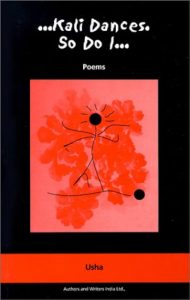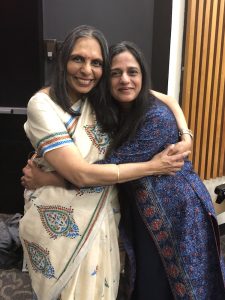(June 9, 2023) “Kept this a secret for a while now. I am honoured to say that I was chosen as an artist to be part of this historic project. My drawing of southern right whales was selected for the new South African 5 Rand coin. From numismatists, designers, engravers, metallurgists, typographers — the many hands that worked on it to the millions of hands that will hold the coins. Most people who use this coin will never know who any of us are,” writes Sujay Sanan on Instagram. One exquisite work by the 39-year-old Cape Town-based artist has found its eternal place on South Africa-s new 5-rand coin, forever entwining his creative spirit with the essence of the nation.
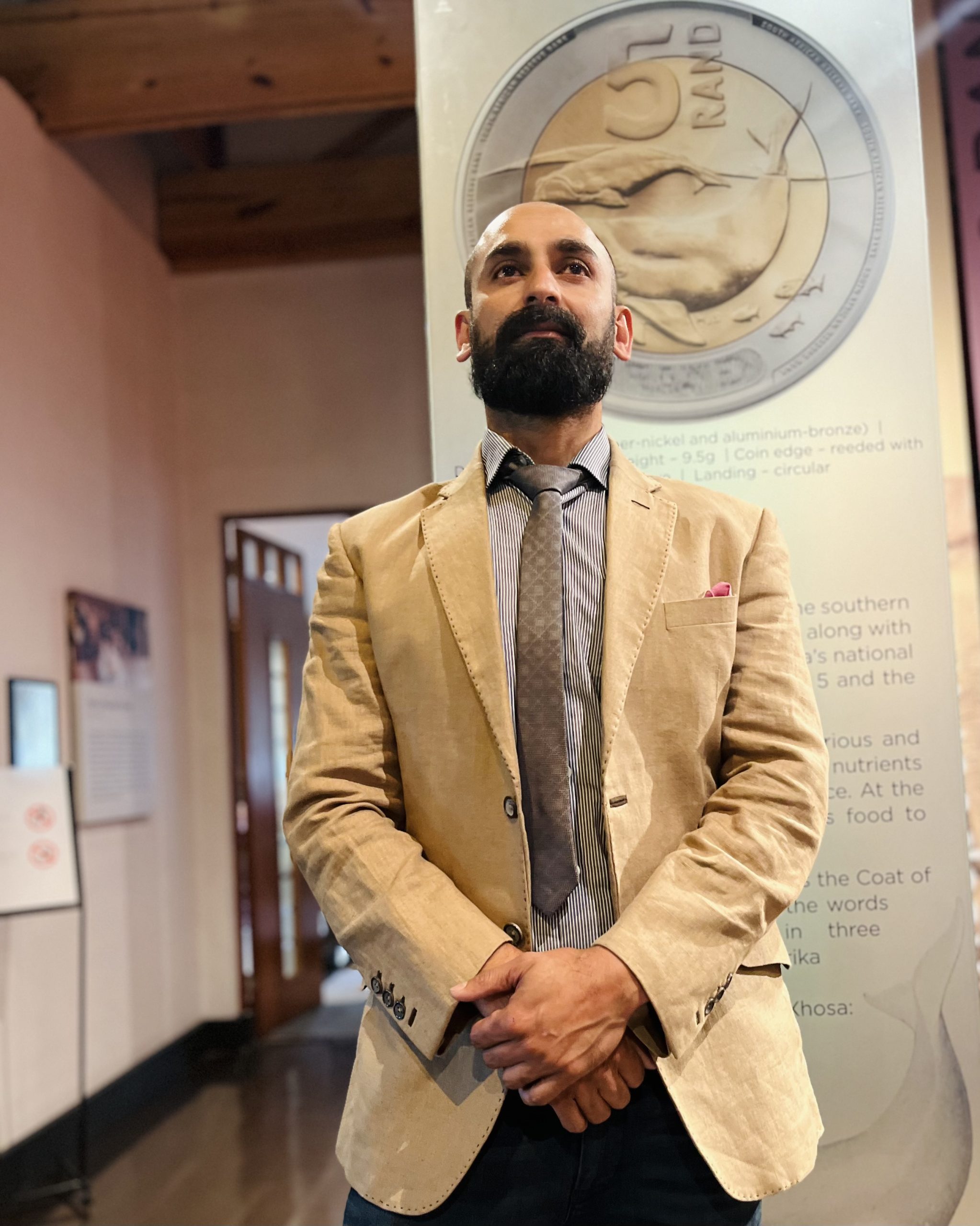
Sujay Sanan
Becoming a part of South Africa’s history
It was in late 2019 when an email from SA Mint, the subsidiary of South Africa Reserve Bank, left Cape Town-based Indian artist a little perplexed. He hesitated to respond, unable to fathom why the bank was summoning him for a meeting. It was only after the gentle coaxing of his then partner and now wife that he reluctantly obliged. Days later, he found himself in the lobby of a downtown hotel where he was ushered into a room enveloped in an air of secrecy. Before him was a folder labeled ‘Top Secret’. “In the meeting, it was revealed that they are going to tell us a secret of national importance, and the government of South Africa has classified it as top secret. It is an issue of national security,” he tells Global Indian, connecting over a video call from his home on the eastern slopes of Table Mountain in Cape Town, where he moved a decade ago.
After signing a 40-page NDA, he learned about an open competition that invited the residents and citizens of South Africa, especially artists, to offer their portfolios and their creative essence, for an endeavour as grand as the very renewal of the nation’s currency. Sujay was among the 60-90 artists from South Africa to be chosen for the “final leg of selection for giving in the proposals for the coin.” They had two months to submit their drawings, and fulfil one condition. “What we draw could not look like any existing photograph or drawing.” Sujay was excited, as “This is part of my working ethos. I like to create from my imagination.” He carefully enclosed three sketches of the southern right whale in a folder to be judged by a panel. Just before the onset of the pandemic, it was revealed that his work was selected for the new 5-rand coin. However, it was to be kept secret. “Since the project was classified, I didn’t even tell my mum until I had to leave for Johannesburg for the launch this year,” smiles the artist.
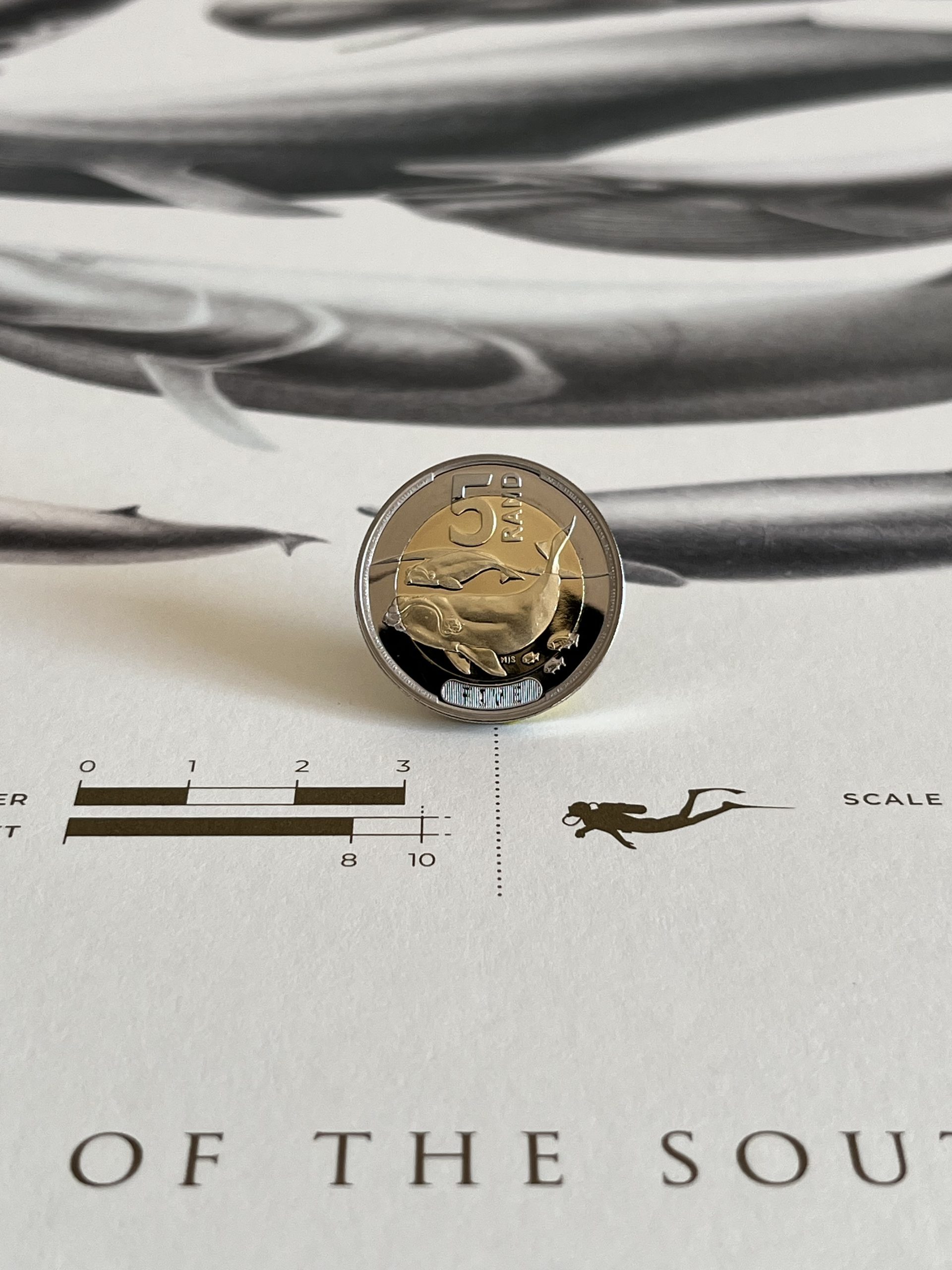
South Africa’s new 5 rand coin
His artwork – a drawing of a southern right whale with her calf – has been immortalised in South Africa’s new 5-rand coin (replacing the wildebeest). The artist is excited to have played a small role in South Africa’s history. “To be a part of something so momentous, for there shall never be another circulation coin in my lifetime, fills me with profound awe,” muses the artist, whose aim lies not in the pursuit of fame, but in remaining perpetually relevant. “Fame can be short-lived but if you are relevant that stays forever. While perhaps a mere thousand individuals are privy to the coin’s existence, it is destined to be touched by the hands of sixty million. It’s a 5-rand coin, and so if you are poor in South Africa, there is a 100 percent chance that in the next five years, you would have used it.” He shares a poignant anecdote of encountering, in a city center parking lot, a woman who elected to preserve the new coin. “It imbued me with a sense of joy as I get to be a part of someone’s life – someone who doesn’t know me, someone I don’t know. It did spark joy that she decided to keep it and not use it. That feels like being relevant and not famous,” he adds.
The journey to witnessing his artwork adorn the circulation coin spanned three years, an achievement he calls big and small at the same time. It is akin to unwrapping a multitude of tiny presents for years to come, each holding its own significance. “There is a tiny present when I see my five-year-old son grow older and have some coins in the bank, and he will know his dad did it, that’s a tiny present for me,” beams the artist. He also fondly remembers when, for the very first time, he received his coin as change during a simple transaction at a shop, imbuing the experience with a profound sense of personal significance.
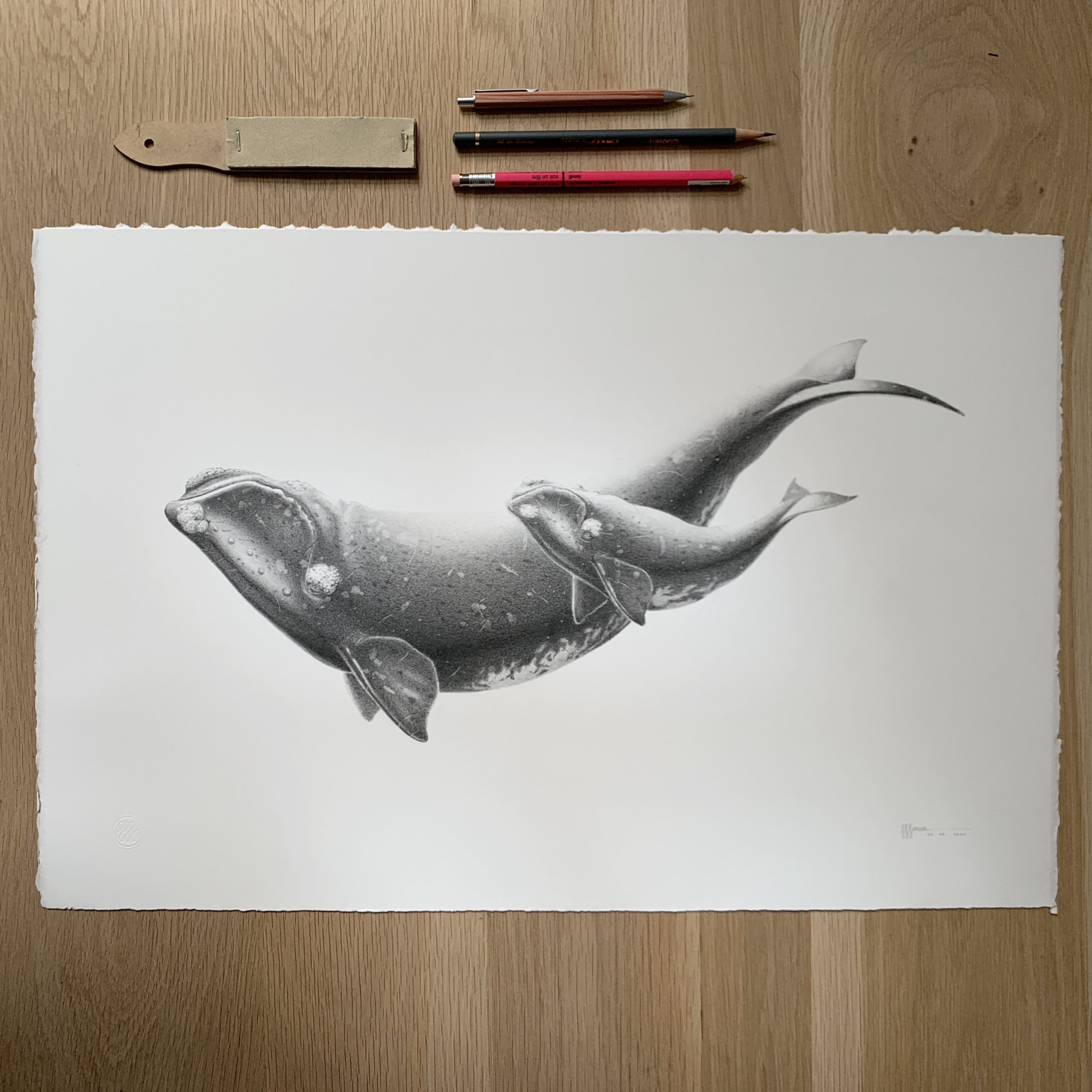
Before his work made it to the coin, Sujay dedicated countless hours and weeks to meticulously refining the sketches that would bring the southern right whale to life. Deliberately choosing to depict the tender moment of calving, he sought to convey a profound message of conservation and hope. “Showing a mother and her calf in this sort of balance in the coin is a hopeful message that there will be space for the whales and metaphorically, a space for us in the future.”
The southern right whale, a baleen whale, acquired its moniker due to being considered the “right” whale to hunt, owing to its high-fat content. Once killed, their bodies floated on the water and were easier to drag to the shore during whaling. Ruthless hunting practices brought them perilously close to extinction, however with conservation efforts, the numbers have risen in the recent past.
From the orchards of Himachal to NID in Ahmedabad
The Mumbai-born’s oldest memory comes from the picturesque Kaza monastery in Spiti, where he would often marvel at the monks skillfully painting murals while listening to Buddhist chants. Growing up amidst the breathtaking landscapes of Himachal Pradesh, he developed a profound affinity for nature, wildlife, and art. “I always wanted to be an artist and wanted to work with wildlife. Before I could write, I could draw and I knew this is what I wanted to do,” he recalls. Thanks to his dad,a civil servant posted in Himachal, he ended up soaking in the beauty of the wilderness as a child. From hiking with a friend from Kalpa village to collecting apples from orchards and going on quests for mythical creatures, his upbringing was characterised by a leisurely pace of life, surrounded by majestic mountains, tranquil silence, and boundless room for imagination. “It was a very different time. You can’t live that now,” says Sujay.
This took him to the National Institute of Design in Ahmedabad. Always one with an appetite for risks, he ditched his BSc first year practical exam to sit for the NID interview- which he successfully passed, prompting him to withdraw from his BSc program. It was at NID that he acquired invaluable skills in critical thinking, self-reflection, and an unwavering drive for excellence. “It’s a very special place for me as I owe a lot of who I am today to what I learnt there.” At 21, he began working on substantial projects, and just two years after his graduation, he started a design studio in Delhi alongside a friend. While things seemed to be going well on the surface, deep within, he felt a persistent disconnect from his inner truth. “Design and art are very different. In design, you are working towards function – which tends to be tied to the client and the project. Art – you work towards the function of manifesting what’s in your heart and mind,” says Sujay, who gave up everything to move to South Africa in 2014 to work on art solely.
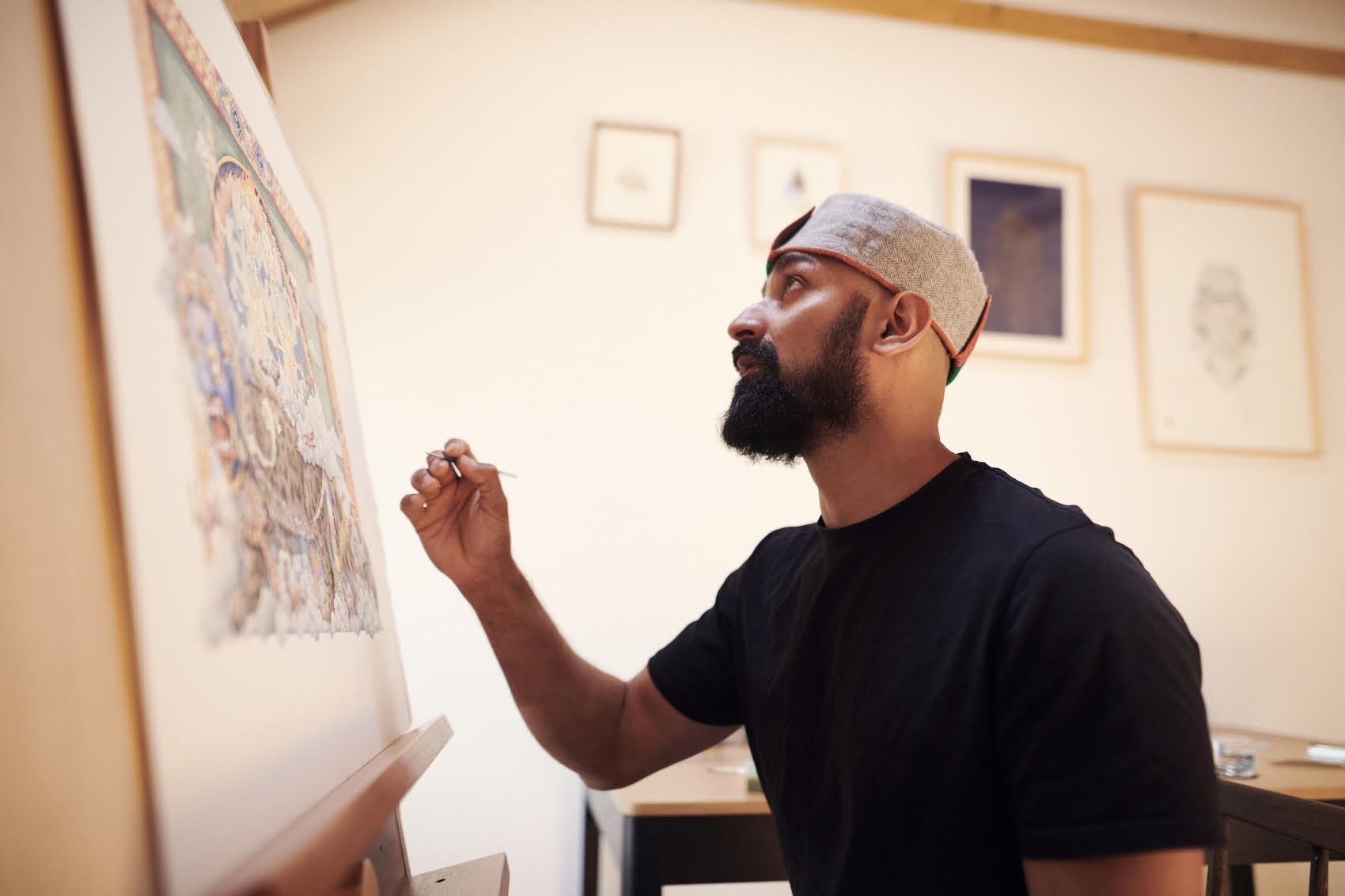
A calling for love and art
It was love that made him take the leap of faith and move continents. He met Sophia, his now wife, at the Indian Mountaineering Foundation in Delhi and instantly knew he had found true love. Driven by a profound connection with both art and love, Sujay made the bold choice to relocate to South Africa—which evoked memories of his serene childhood amidst untamed wilderness. “I came to South Africa with a goal – to become an artist. It was nothing like the chaos of corporate life back in Delhi, instead here I experienced silence. I had no friends and the internet was sloppy back in the day, so it gave me a lot of space to go inwards,” reveals Sujay who slowly started making friends, thanks to climbing sprees. “But I never talked about my work or showed my work to anyone until my first show in 2016 in Cape Town. That’s when people finally got to see what I do.” Quite well-received, it opened a lot of doors for him in the city. “I got invited to auctions by WWF, Wavescape. Suddenly, I wasn’t so quiet in Cape Town anymore.”
These last few years, he has “analytically engaged” with different mediums. He explored watercolours exclusively, intentionally avoiding the use of white or black, “to observe the darkest and the lighter shades as colour mixes.” “I spent a year painting outdoors as a bi-weekly practice that forced me to observe colours in nature,” he adds.
View this post on Instagram
The artist, who climbs thrice a week and trains on six, also loves gardening and working on crafts projects with his son. “Living next to a national park has its perks as we often go into the forests for walks.” Sujay, who has added a feather to his cap with the new 5-rand coin, says that he still has a long way to go. “I have these large visions of what I want to create. And I am in a sort of training to become good enough to create the things I see. The best is still to come.”
- Follow Sujay Sanan on Instagram


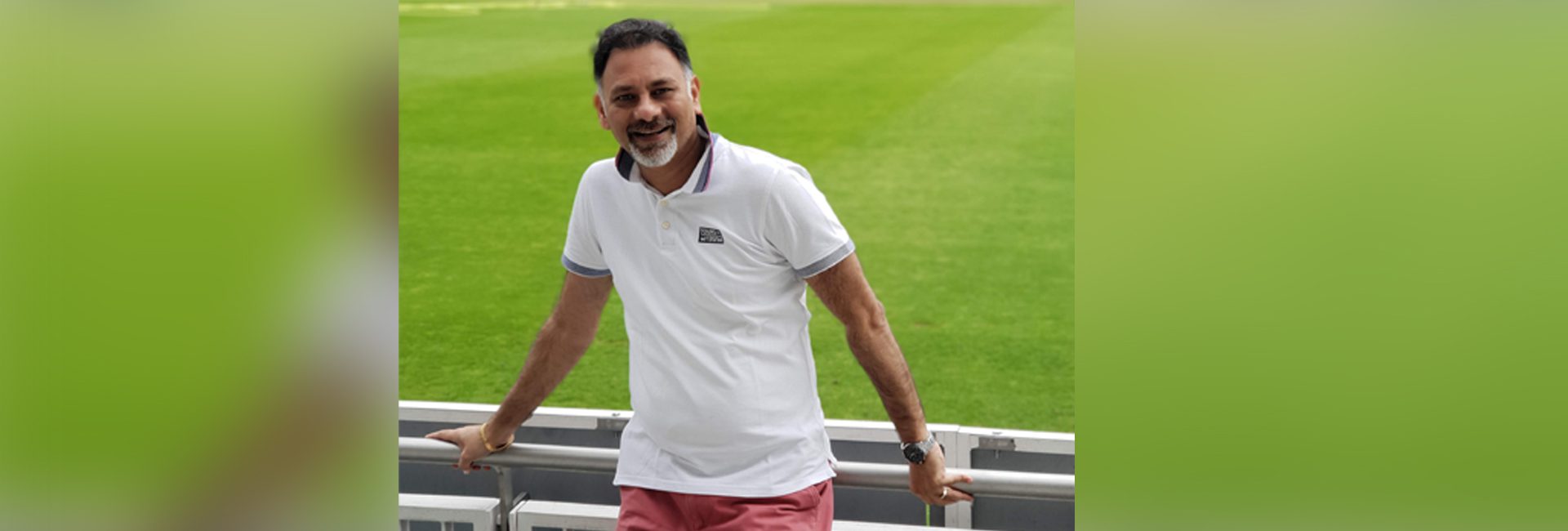
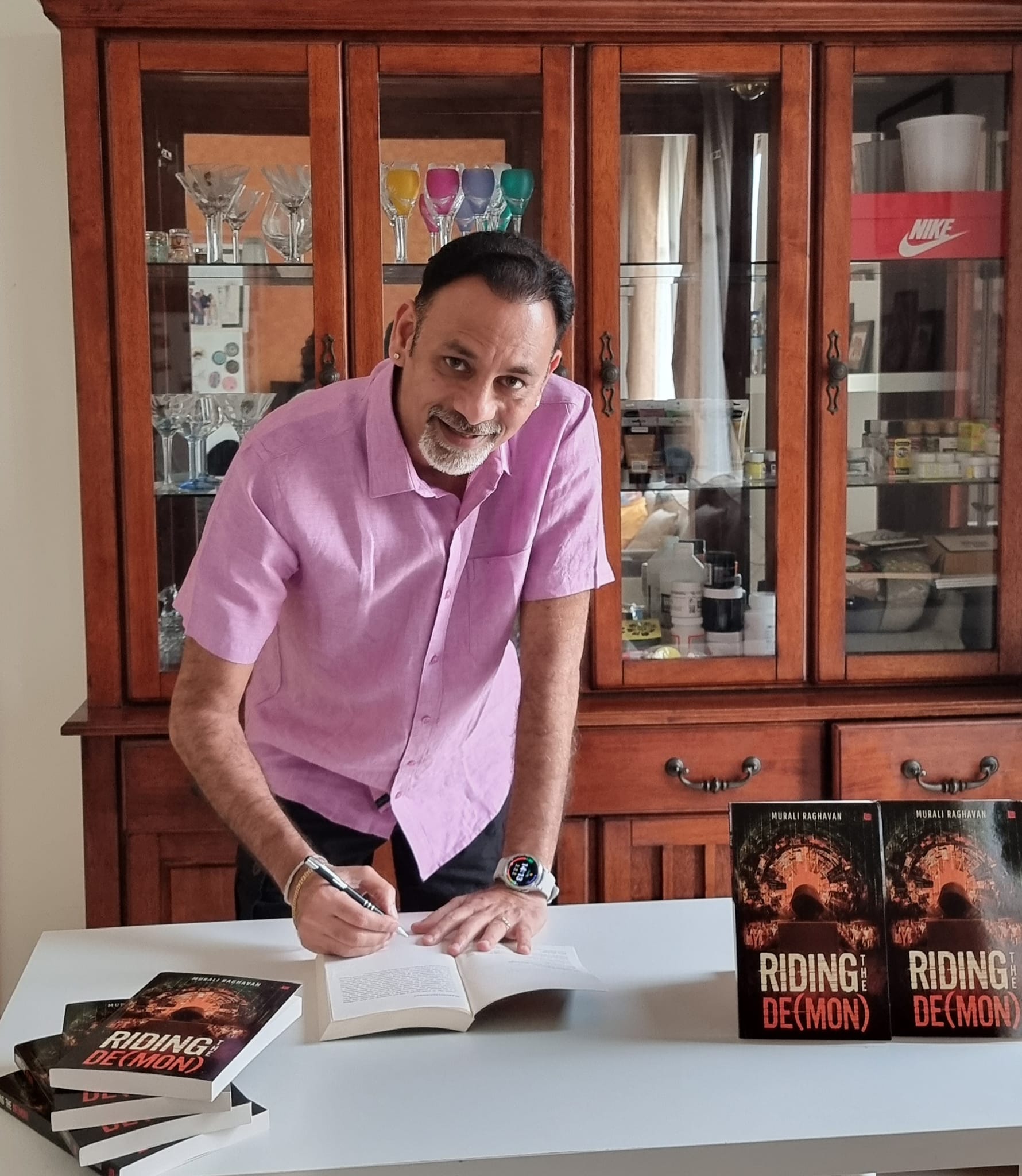 Murali Raghavan, author of Riding the De(Mon)[/caption]
Murali Raghavan, author of Riding the De(Mon)[/caption]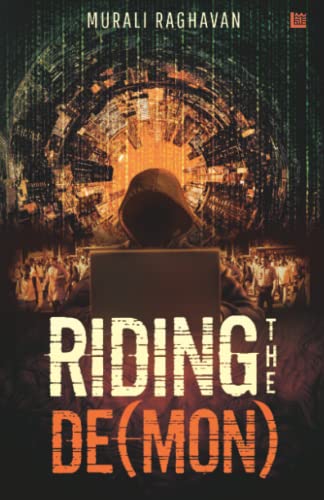
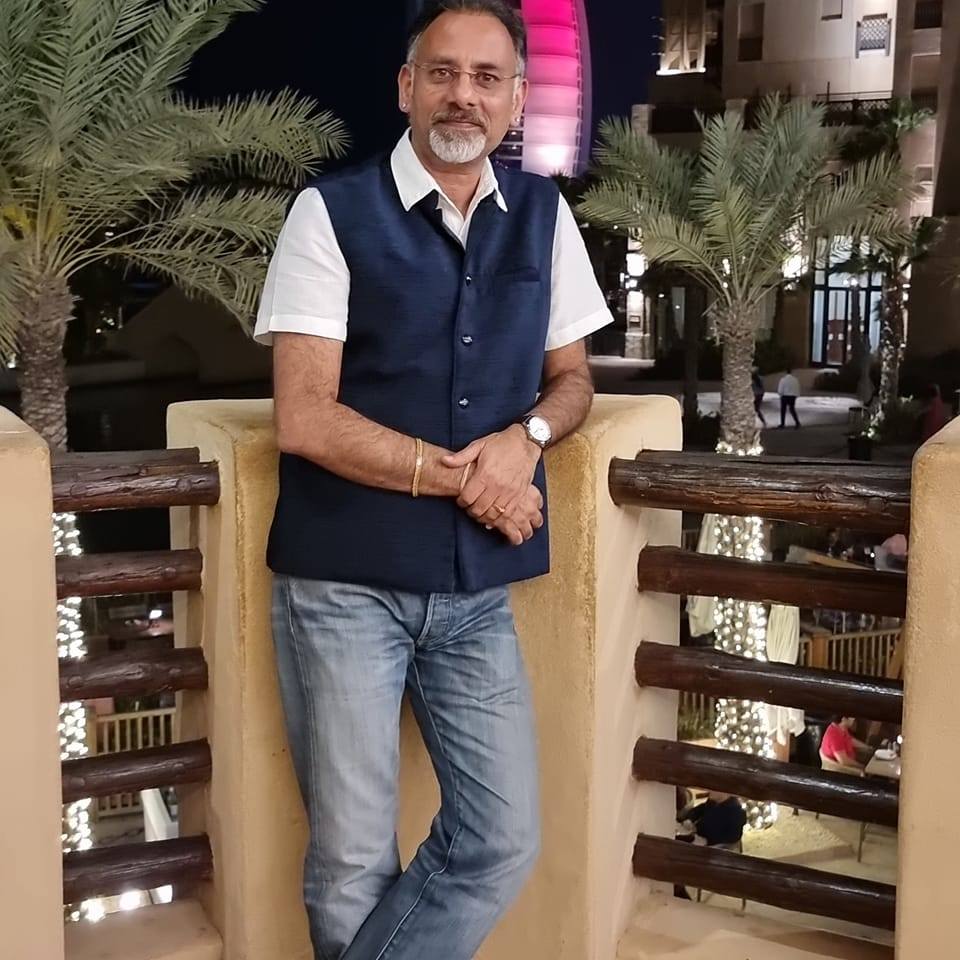
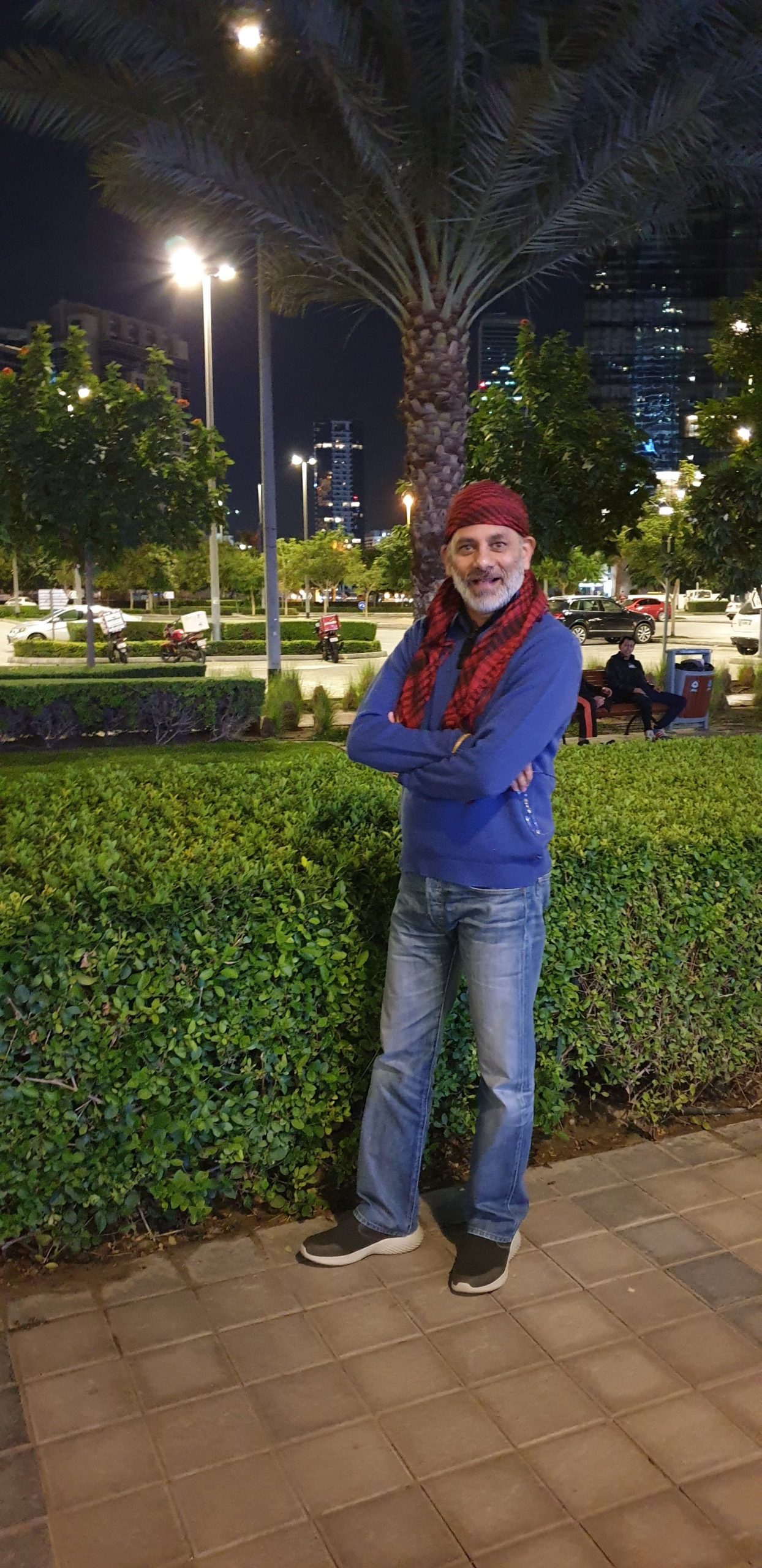
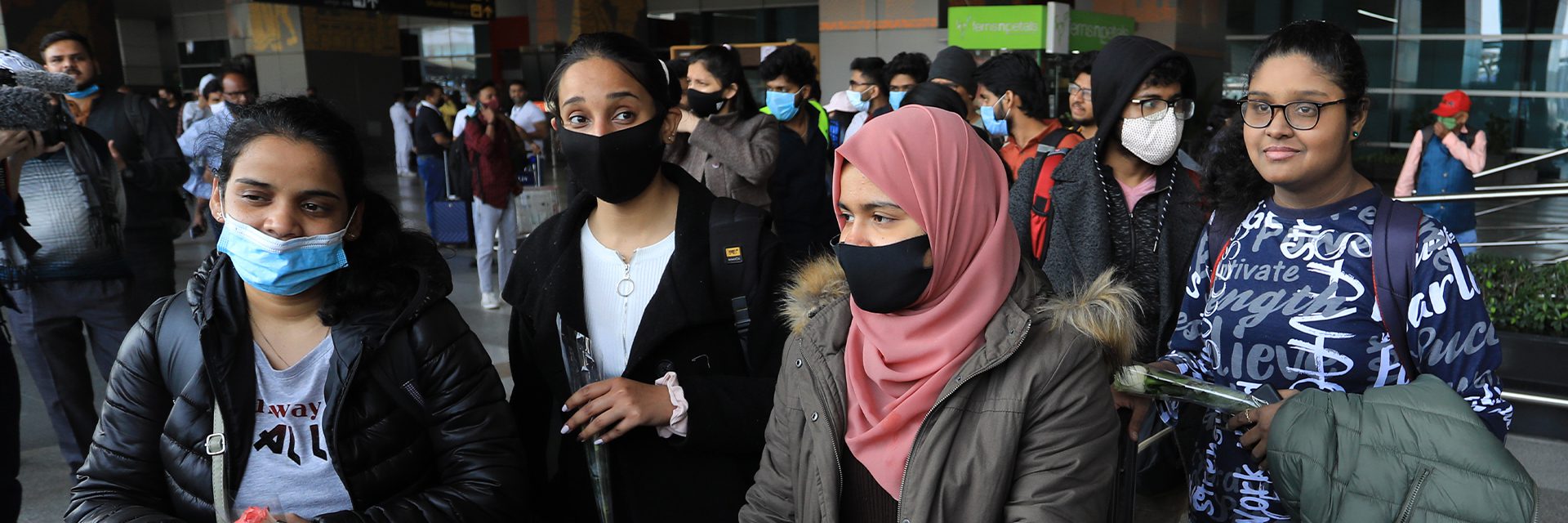
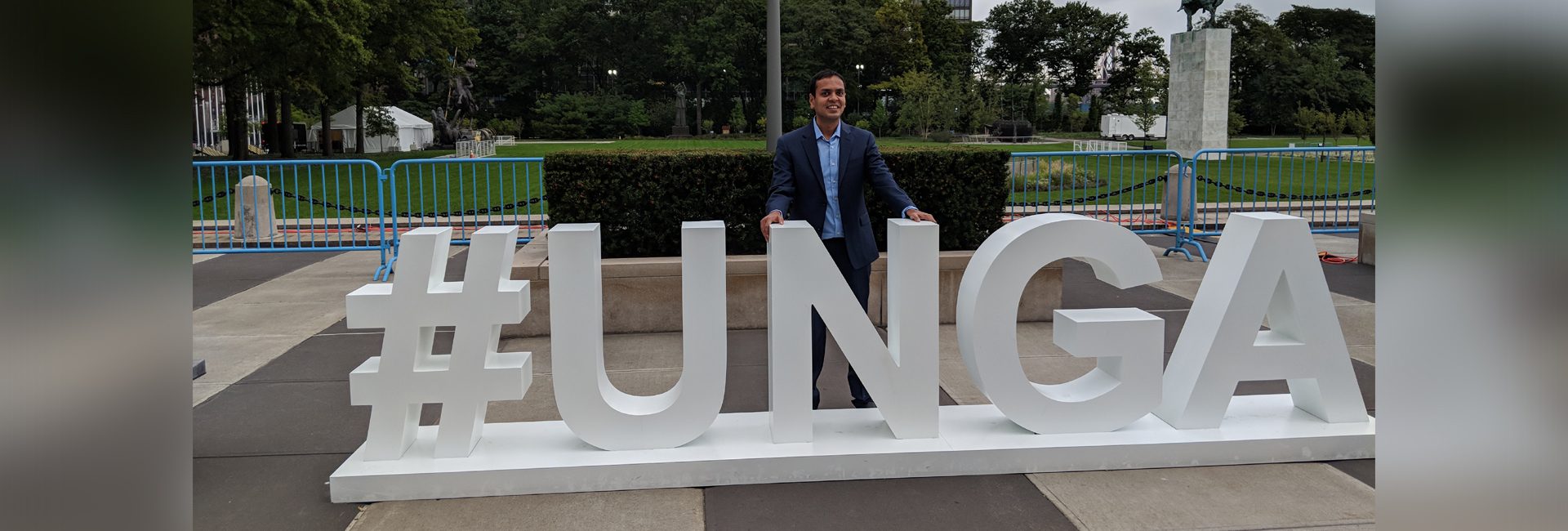
 Pranav with Mark Zuckerberg, CEO, Facebook[/caption]
Pranav with Mark Zuckerberg, CEO, Facebook[/caption] Pranav with his parents at Google's 'Take Your Parents To Work' day[/caption]
Pranav with his parents at Google's 'Take Your Parents To Work' day[/caption]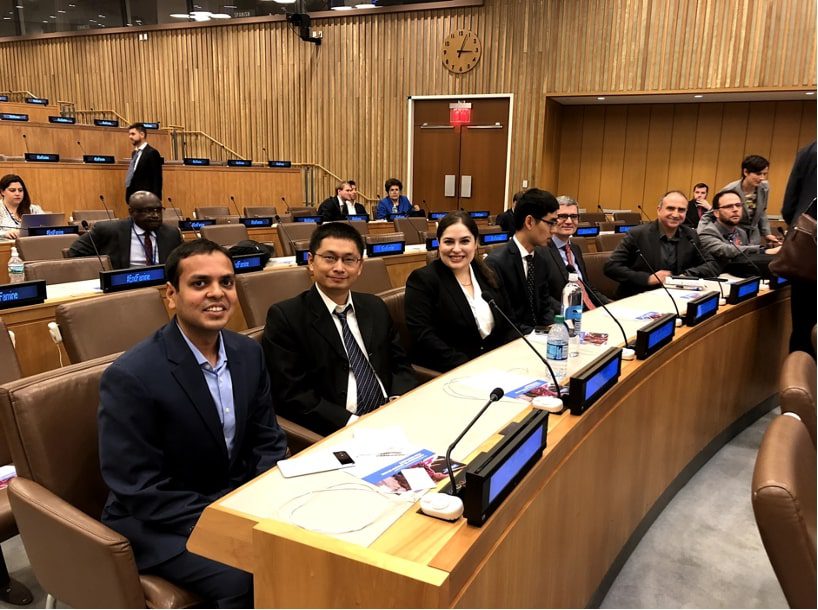 Pranav at the UN[/caption]
Pranav at the UN[/caption]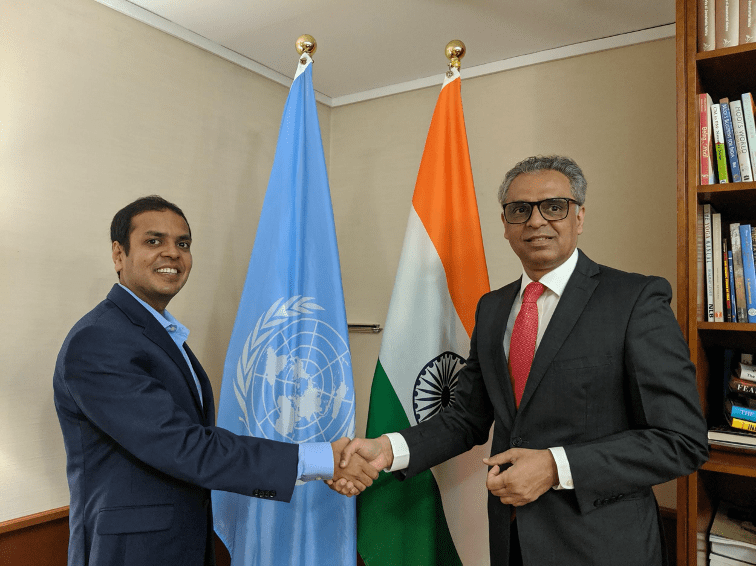 Pranav with Syed Akbaruddin, Ambassador and Permanent Representative of
Pranav with Syed Akbaruddin, Ambassador and Permanent Representative of 
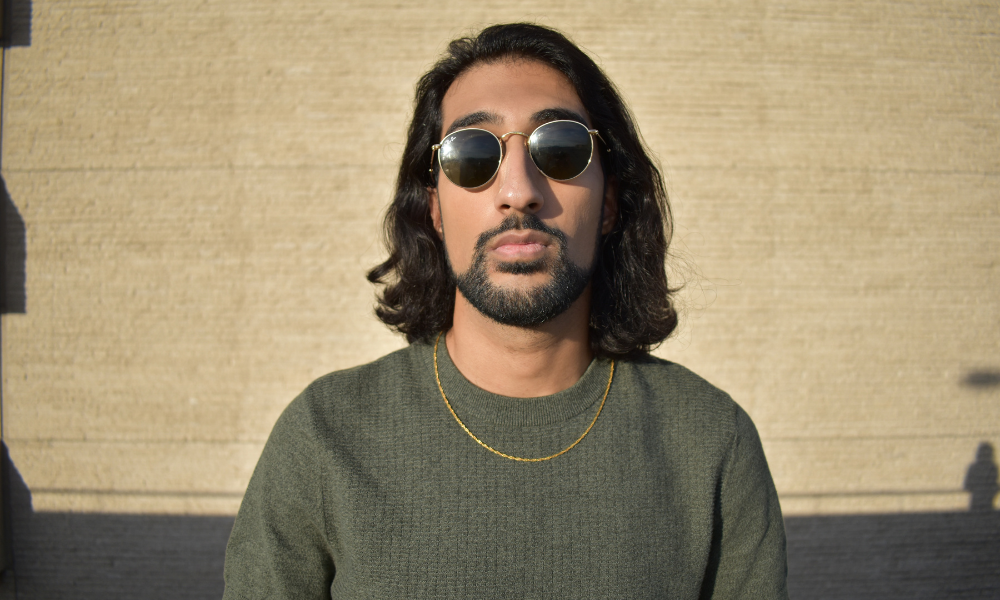 Tesher is an Indo-Canadian artist[/caption]
Tesher is an Indo-Canadian artist[/caption]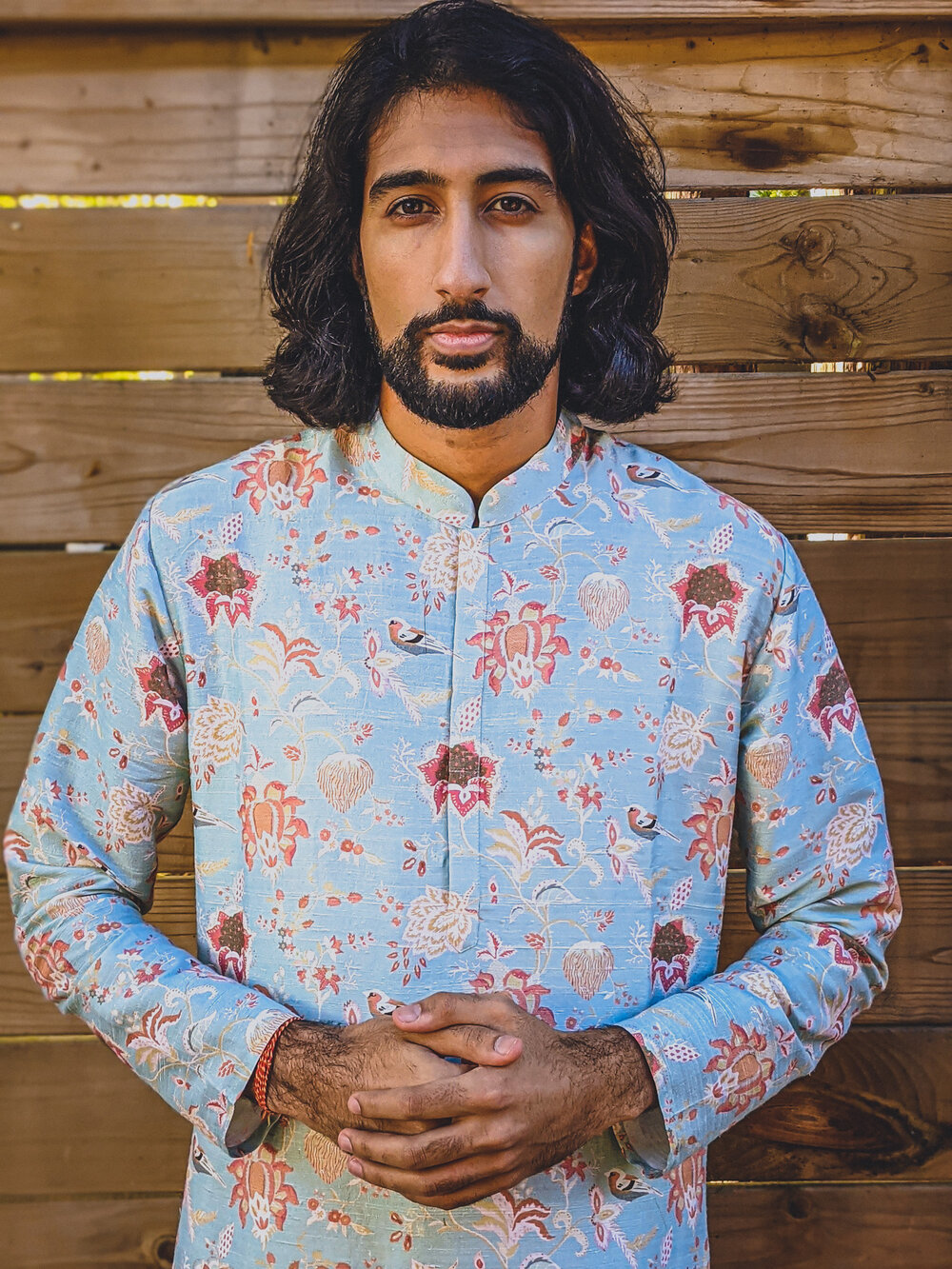 Tesher became a household name with Jalebi Baby[/caption]
Tesher became a household name with Jalebi Baby[/caption]
 Usha Akella[/caption]
Usha Akella[/caption]